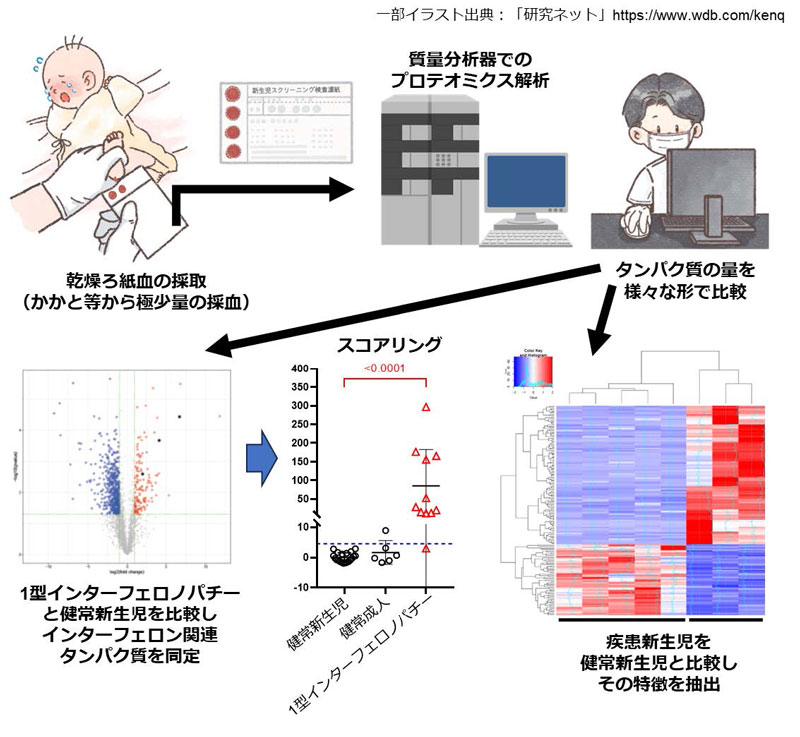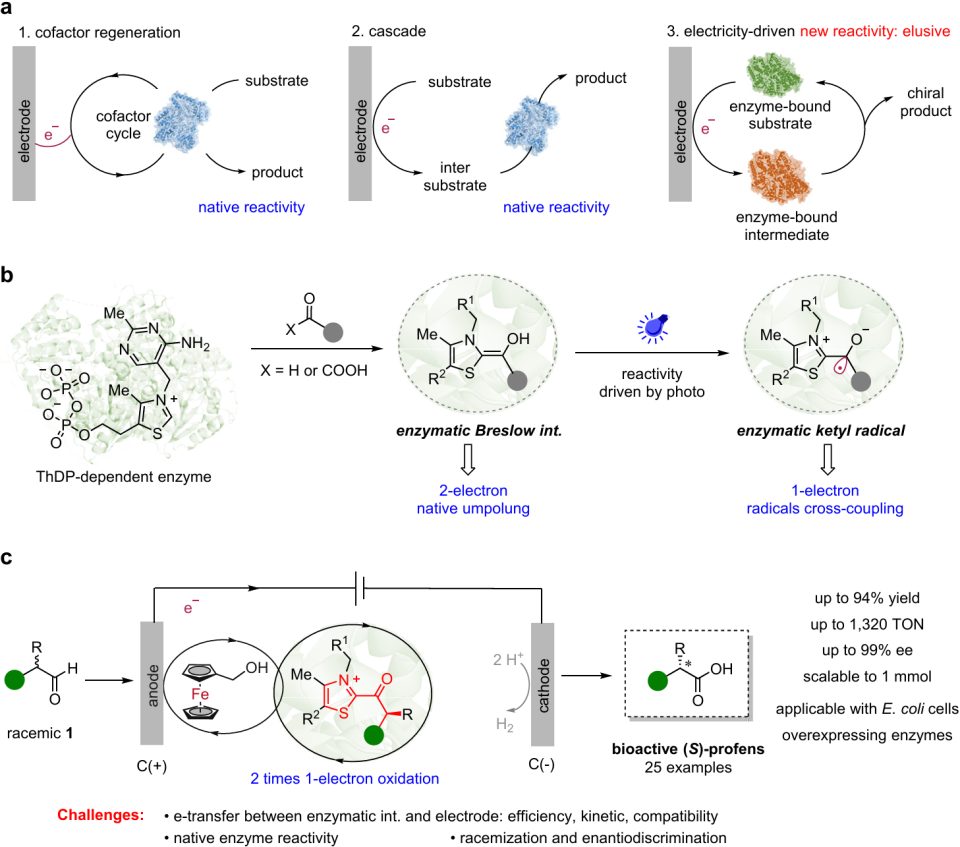2025-06-11 中国科学院(CAS)
<関連情報>
- https://english.cas.cn/newsroom/research_news/life/202506/t20250611_1045442.shtml
- https://pubs.acs.org/doi/10.1021/acsnano.5c06694
単一粒子追跡とマルチスケール病理学的マッピングによるデキサメタゾンの気管ターゲットナノグリッド送達システムの可視化 Tracheal Targeted Nanogrid Delivery Systems of Dexamethasone Visualized by Single-Particle Tracing and Multiscale Pathological Mapping
Zeying Cao,Shilin Zhou,Yanli Zhao,Qian Wu,Chenxi Huang,Qin Nie,Ting Xiong,Xiaoxu Hao,Shuo Zhang,Haojie Bao,Caifen Wang,Zongneng Xie,Jiwen Zhang,and Xianzhen Yin
ACS Nano Published: June 4, 2025
DOI:https://doi.org/10.1021/acsnano.5c06694
Abstract

Current clinical treatment of pulmonary diseases requires an advanced three-dimensional (3D) pathological atlas of the microenvironment, particularly the trachea, which is predominantly affected by lung disorders. In this study, the gridded cyclodextrin cross-links (GCC) exhibited enzymatic activities and served as a metal-free nanozyme. A specific biodistribution of GCC nanogrid around the trachea had been observed using a fluorescence micro-optical sectioning tomography system. The effective loading of dexamethasone (DEX) allowed for the construction of DEX@GCC nanogrid system, which exhibited a sustained-release profile and a preferable lung targeting in vivo. Additionally, DEX@GCC demonstrated improved efficacy in treating lipopolysaccharide-induced bronchitis of mice at lower dosages compared with the positive control. A 3D pathological assessment based on the micro-optical sectioning tomography system and high-content data analysis with machine learning validated the superiority of the GCC nanogrid for identifying inflammatory cells, quantifying tracheal wall thickness, and virtual endoscopy. In conclusion, the tracheal localization and ROS-responsive behaviors of the GCC nanogrid provide a cross-scale visualization strategy for evaluating nanoparticle biodistribution and advancing pulmonary disease treatment.


